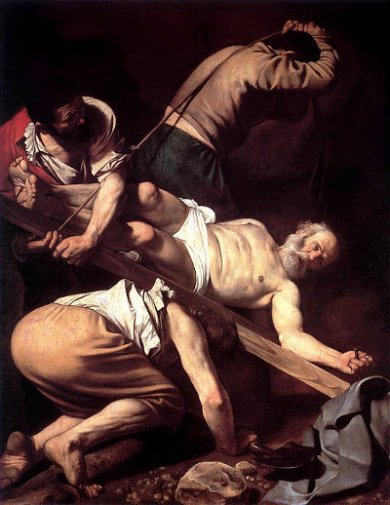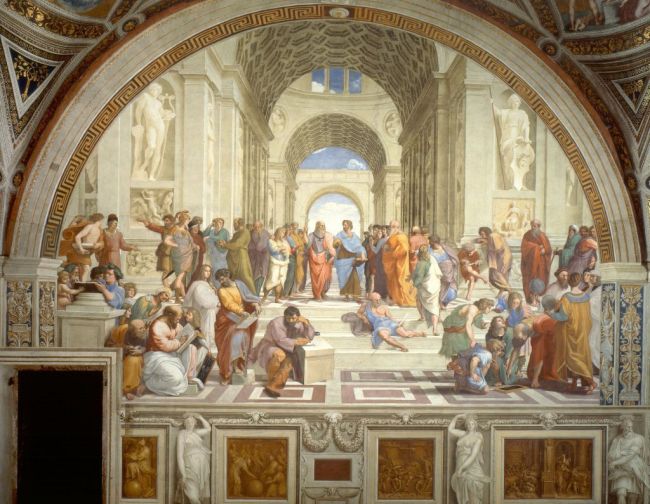I have always been fascinated with Ancient Egyptian culture and history. When I was a child I had the opportunity to see the King Tut exhibit at the Field Museum of Natural History in Chicago. I was able to see his mummy as well as many pieces of beautiful artwork from his tomb; an experience I’ll never forget. That is why I chose to do this exhibit on art from Egypt, but I picked an older time period so that I could explore art I haven’t seen before. From what I’ve gathered, art improved tremendously between the Middle Kingdom and New Kingdom in Egypt.
Statuette of a Hippopotamus Meir, Egypt 1981–1885 B.C.
I am amazed at the sophistication of artwork from the Middle Kingdom Dynasty in Egypt (2030 – 1640 B.C.) This hippopotamus has astonishingly survived over a thousand years and still maintains this electric shade of blue, as well as the painted river plants on its exterior. With the Nile River being of such importance to the ancient Egyptians, the hippopotamus posed a great threat to the people. Hippos could capsize fishing boats and rafts. They were also believed to be a threat to travelers in the afterlife. Thus, this statue was found with 3 of its legs broken off, in hopes of protecting the deceased from encounters with the beast. I think the detail that can be seen in the toes and face of the statue are noteworthy, as well as the river plant decoration.
Cosmetic Jar in the Form of a Cat, Egypt 1991–1783 B.C.
Most people know the high status felines held within Egyptian culture, but this piece of art really demonstrates just how important cats were at the time. This is a jar that would have likely held some type of scented oil. The attention to detail is amazing for this being as old as it is. You can see the different muscles outlined in the shoulder and hind leg. The cat depicted seems fit and agile, as well as brave and alert. It appears to be ready to hunt or pounce at any minute. The eyes are amazing to me; they are formed of rock crystal and were injected with pigment to form the green glow. They were also outlined with copper that corroded leaving the dark outline seen in this picture. It seems that Egyptians always paid special attention to eyes; if you picture an Egyptian coffin, the eyes are one of the first things that comes to mind.
Fish, Lisht North, Egypt 1981–1640 B.C.
Necklaces with charms like this were given to young girls in ancient Egypt to help avert drowning. It is believed that the charm allowed the wearer to acquire the abilities of a fish if she were to fall into the water. This particular charm was made of gold and a mineral called beryl. I like the simplicity of the charm, because it seems that its main purpose was to defend the wearer rather than “wow” a crowd. I am impressed that jewelers of the time were able to work with such small, delicate pieces of gold and find stones to fit their desired shapes. This reminds me of Pandora charms available today, or something you could buy on a necklace in Florida; it’s simple but beautiful.
Senwosret III Hierakonpolis, Egypt 1836–1818
Senwosret III ruled during a time of great prosperity in Ancient Egypt. Here he is depicted in traditional royal attire: the head cloth with a cobra in the middle, and a pleated kilt. This particular king had a very different and recognizable face that can be seen in all his sculptures. He has heavy eye lids and worn cheeks with small lips. This look is much softer than the typical king was generally depicted, which may or may not have been to represent his humanity and virtuous qualities. In my opinion, it did make the king appear wiser and more approachable in comparison with the typical harsh, youthful, all-ruling king face. I think the attention to detail in the face of Senwosret’s sculptures is remarkable. Sculptors were able to set him apart from the rest of the kings and archaeologists and historians always know when he is depicted in a sculpture.
Works Cited
“Exhibitions: Egypt Reborn: Art for Eternity.” Brooklyn Museum: Egypt Reborn: Art for Eternity. N.p., n.d. Web. 06 Aug. 2014. <http://www.brooklynmuseum.org/exhibitions/egypt_reborn/senwosret_iii.php>.
“Heilbrunn Timeline of Art History.” Twelfth Dynasty of Egypt in the Middle Kingdom. N.p., n.d. Web. 06 Aug. 2014. <http://www.metmuseum.org/toah/hi/hi_egypt26.htm>.






















